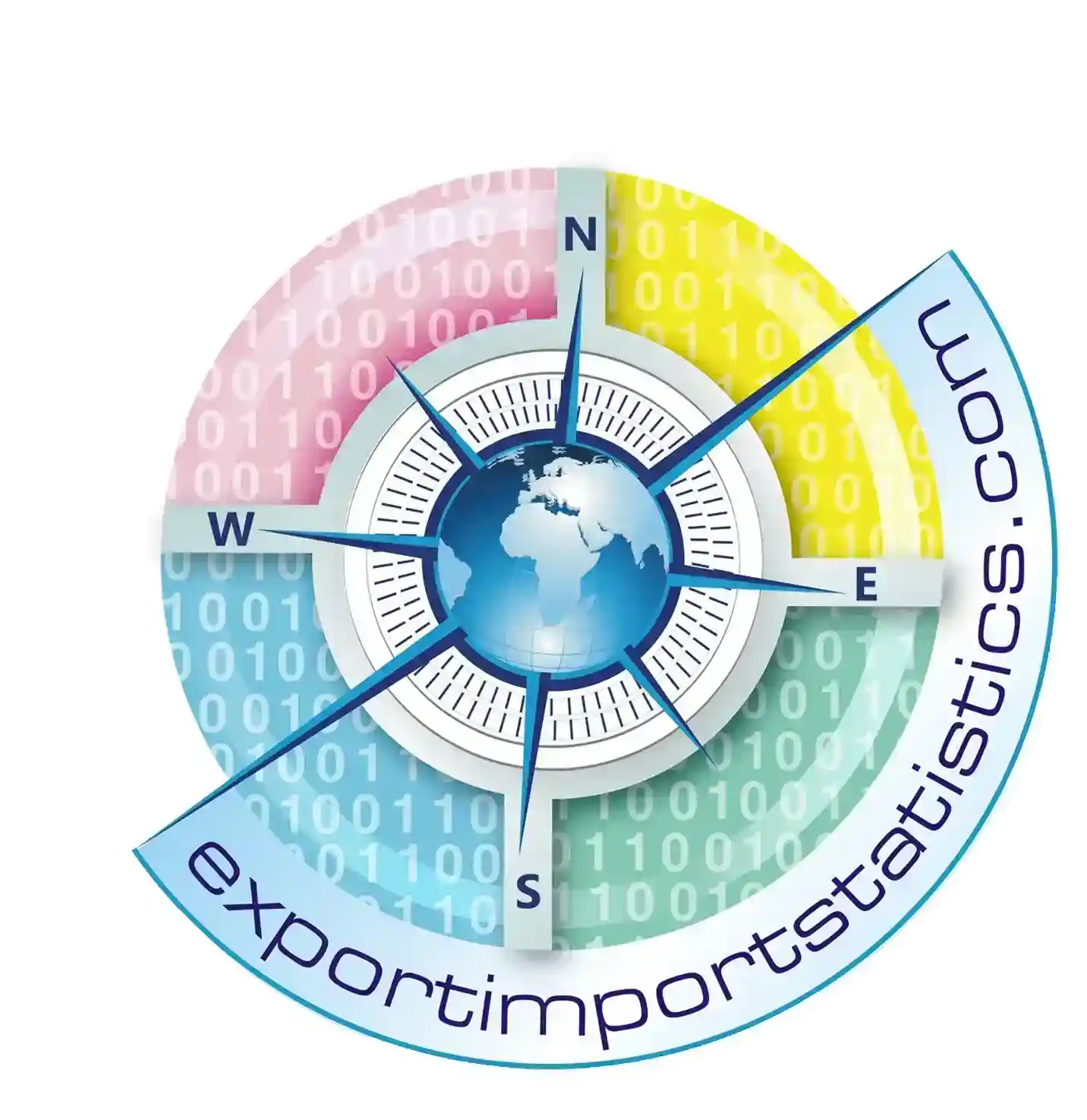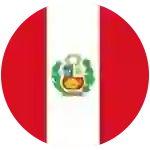Peru
-- Republic of Peru --
Peru officially the Republic of Peru is a country in western South America. It is bordered in the north by Ecuador and Colombia, in the east by Brazil, in the southeast by Bolivia, in the south by Chile, and in the west by the Pacific Ocean.
The word Peru has origins in various Southern French and North Western Spain languages (Occitan) and also found in the Corsican country, however to the Europeans the word Peru was the most suited to replace the original name Birú, the name of a local ruler who lived near the Bay of San Miguel, Panama, in the early 16th century. When his possessions were visited by Spanish explorers in 1522, they were the southernmost part of the New World yet known to Europeans. Thus, when Francisco Pizarro explored the regions farther south, they came to be designated Birú or Peru.
The Spanish Crown gave the name legal status with the 1529 Capitulación de Toledo, which designated the newly encountered Inca Empire as the province of Peru.[10] Under Spanish rule, the country adopted the denomination Viceroyalty of Peru, which became the Republic of Peru after the Peruvian War of Independence.
-- Economy --
The economy of Peru is classified as upper middle income by the World Bank and is the 42nd largest in the world. Peru is, as of 2011, one of the world's fastest-growing economies owing to the economic boom experienced during the 2000s. The core of the current sound economic performance of the country is a combination of:
All of these factors have enabled Peru to make great strides in development, with improvement in government finances, poverty reduction and progress in social sectors. Peru is an emerging, market-oriented economy characterized by a high level of foreign trade. The inequality of opportunities has declined: between 1995 and 2006 Peru's rating on The World Bank's Human Opportunity Index improved substantially as increased public investment in water, sanitation and electric power has sustained the downward trend in inequality of opportunities. Its economy is diversified although the commodity exports is important, the trade and industry are centralized in Lima but the agricultural exports have created development in all the regions. Historically, the country's economic performance has been tied to exports, which provide hard currency to finance imports and external debt payments.[15]Peru's main exports are copper, gold, zinc, textiles, chemicals, pharmaceuticals, manufactures, machinery, services and fish meal; its major trade partners are the United States, China, Brazil, European Union and Chile. Although exports have provided substantial revenue, self-sustained growth and a more egalitarian distribution of income have proven elusive. Peru is a country with many climates and geographical zones that make it a very important agricultural nation. Peru agricultural exports are highly appreciated and include artichokes, grapes, avocados, mangoes, peppers, sugarcane, organic coffee and premium-quality cotton.
-- Politics --
Peru is a presidential representative democratic republic with a multi-party system. Under the current constitution, the President is the head of state and government; he or she is elected for five years and can only seek re-election after standing down for at least one full term and during his term. The President designates the Prime Minister and, with his advice, the rest of the Council of Ministers. Congress is unicameral with 130 members elected for a five-year term Bills may be proposed by either the executive or the legislative branch; they become law after being passed by Congress and promulgated by the President. The Peruvian government is directly elected, and voting is compulsory for all citizens aged 18 to 70.
Peru is divided into 25 regions and the province of Lima. Each region has an elected government composed of a president and council that serve four-year terms. These governments plan regional development, execute public investment projects, promote economic activities, and manage public property. The province of Lima is administered by a city council. The goal of devolving power to regional and municipal governments was among others to improve popular participation. NGOs played an important role in the decentralisation process and still influence local politics.
-- Trade in Peru --
Major exports of Peru : Gold (21%), Gold content (17%), Refined copper and copper alloys (7%), Petroleum oils, refined (6%), Flour or meal for animal feed (5%)
Major imports of Peru : Petroleum oils, crude (9%), Petroleum oils, refined (5%), Cars (4%), Automatic data processing machines (2%), Motor vehicles for transporting goods (2%)
Major trade partners of Peru (Exports) : United States (16%), China (15%), Switzerland (11%), Canada (9%), Japan (5%)
Major trade partners of Peru (Imports) : China (19%), United States (17%), Brazil (8%), Chile (6%), Ecuador (5%)


